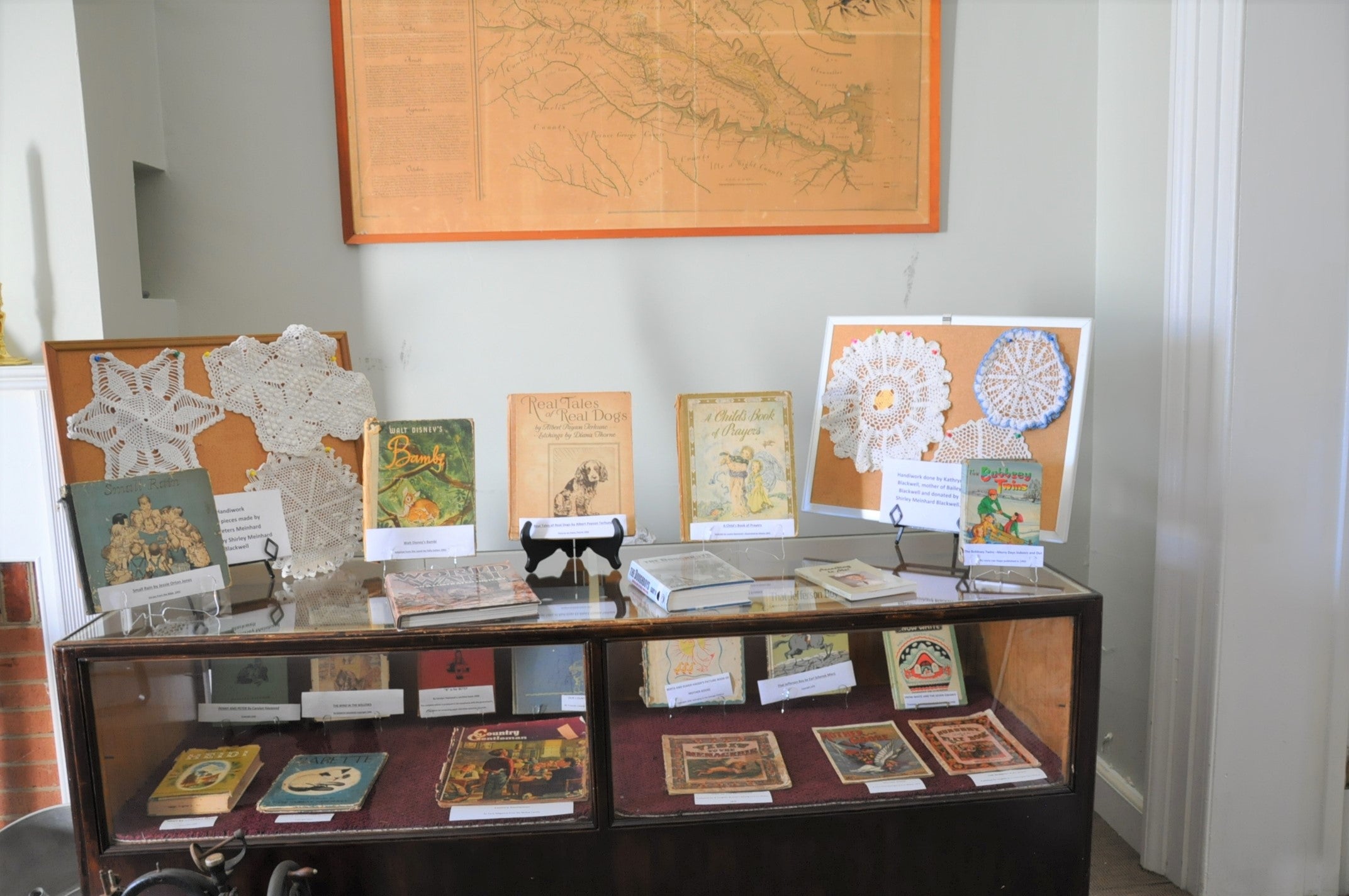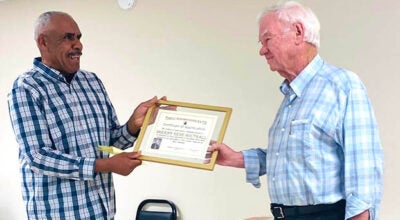Al and Betsy’s pollinator patch
Published 10:33 am Saturday, September 17, 2022
|
Getting your Trinity Audio player ready...
|
Nestled at the end of a long winding driveway in Pamplin is a picturesque farm belonging to Al and Betsy Lookofsky. There’s an old smoke house made with chestnut logs and surrounded by huge trees; the original farmhouse is framed by boxwood and heirloom shrubs; and there are beautiful rolling fields.
Just as you think that perhaps you’ve made a wrong turn, you find an amazing meadow on the left side of the road. It’s probably an acre in size, and they call it a pollinator patch, a term I like because it allows for more flexibility in terms of what’s planted there. The best way to describe it is just to say that it’s glorious — a riot of colors and literally humming with the sound of visiting pollinators.
Everyone these days seems to want a wildflower meadow, and the general consensus is that you can just toss some seeds on weed-infested soil and expect beautiful flowers to sprout. If only. Al and Betsy say that their pollinator patch has required three years of serious work. The ground had to be prepared and rid of weeds. An area this large requires a serious approach to eliminating weeds, so they sprayed with herbicide, a common and approved technique.
Their next step was to sow many types of seeds — milkweeds, coneflowers, black eyed Susans, liatris, monarda, native sunflowers, horsemint, and many more. Probably over 20 species. During the second year, most of the seeds had germinated, but the pollinator patch wasn’t full and lush. They added a few plants, such as culver’s root, here and there, removed weeds, and waited to see how the pollinator patch would look in the third year. This year, as they had hoped, the pollinator patch is thick with blooms and full of bees and other pollinators. Take a few steps into the plants and you can hear the buzzing of the insects. You can also see that there are varying heights of plants, including some very low to the ground. Although not planted and not native, Queen Anne’s lace has appeared. It’s beautiful and not considered a threat to other plants in the patch.
What’s next? Well, an area like this requires disturbance or it quickly reverts to weeds and shrubby trees. They’re considering a controlled burn before next spring, and will be watching for the appearance of unwanted plants. They also have another area that should be in full bloom by next year. It’s all clearly a labor of love and beautiful. It’s also a wonderful gift for pollinators.
DR. CYNTHIA WOOD is a master gardener. Her email address is cynthia.crewe23930@gmail.com.





